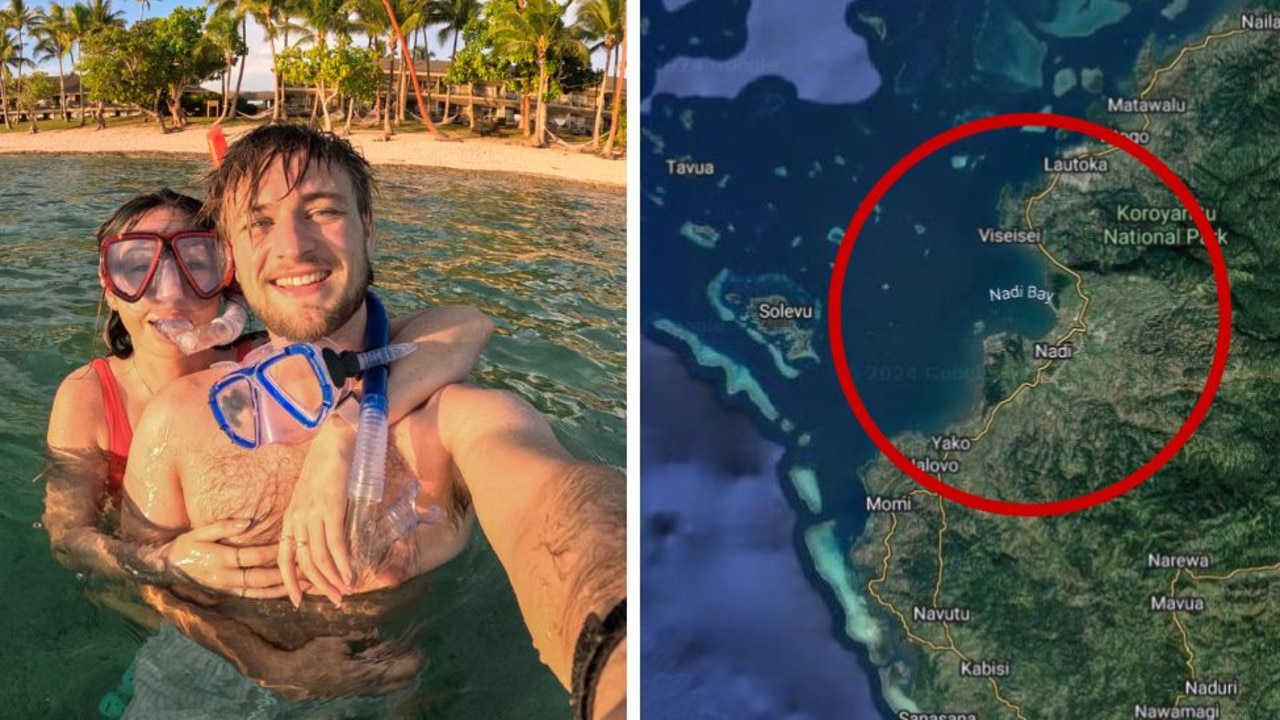Currency that Aussies should exchange now
Aussie travellers planning a trip to this popular Asian destination should exchange their money now as the country’s currency plummets.

If you’re heading to Japan or planning a trip to the popular destination in the near future, exchange your Aussie dollars now.
For the first time in just over 10 years, the Japanese yen has recorded historic lows against most currencies including the Australian dollar.
On Friday, it decisively outperformed the Japanese yen with a rise of 4.25 per cent having reached its highest level in 11 years at 103.64 yen – and as of today’s market exchange rates, one Aussie dollar is still buying 103 yen.
“To put that into perspective, this time last year 1 AUD was exchanging for around 87 JPY. And five years ago, it was only exchanging for around 63 JPY,” said Travel Money Group (FCTG’s foreign currency business) general manager Scott Mccullough.
“At current retail exchange rates, a mid-range holiday in Japan that may have cost around $4,000 12-months ago, is costing only around $3,500 today.”
He said in terms of bang for your travel buck, there’s never been a better time for Aussies to travel to Japan.

According to Flight Centre, travel bookings for March were up 56 per cent on last year, February bookings were up 54 per cent and January bookings were up 65 per cent.
The company’s global managing director Andrew Stark described it as a “seasonal boom” as more Aussies head to the country amid a drop in airfares.
“The interest follows considerable reductions in airfares to many international destinations, with tickets from Australia to Japan sold through Flight Centre in February and March up to 21 per cent cheaper this year than last,” he said.

New data released by Japan National Tourism Organisation (JNTO) shows the number of Aussies visiting Japan between January to March this year increased by 46.3 per cent compared to the same period in 2019, with visitors in March alone up a staggering 87.4 per cent compared to March 2019.

“These figures are fantastic to see, and confirm what we had been predicting which was a strong interest in Japan as a travel destination of choice in 2024,” said JNTO Sydney Office executive director, Naoki Kitazawa.
He noted a pent-up interest in the winter snow sports, increased airline capacity and the current, favourable exchange rate is helping to make it even more of an attraction destination to visit.


Mr Mccullough said the 10-year high exchange rate had peaked just as Japan’s iconic Sakura (cherry blossom) season adorns the country through March and April.
“A seven-day, solo-travel itinerary taking in all the stunning Sakura season has to offer in the Golden Triangle cities of Tokyo, Kyoto and Osaka typically costs around 114,110 JPY. At the moment you’d only need to exchange about $1,156 for that,” he said.

“Last year, this itinerary would have cost you about $1,312, and in 2020 it would have cost you around $1,811 dollars. That’s a difference of $156 compared to last year, or $655 compared to five years ago.”
“This would give you an extra few hundred dollars in your pocket that could pay for a whole extra day in Japan and more,” Mr Mccullough said.
JNTO expects the positive trend to continue in 2024, with more Aussies looking to travel outside of the peak seasons and seeking lesser-known destinations across the country:
“We are especially excited to see that Australians are starting to dig a little deeper and explore more of Japan,” Mr Kitazawa said.
“Japan’s rugged mountains, rocky coastlines, pristine white beaches, bamboo forests and some of the world’s most beautiful waterfalls are just some of the natural highlights to be enjoyed all year round.”






